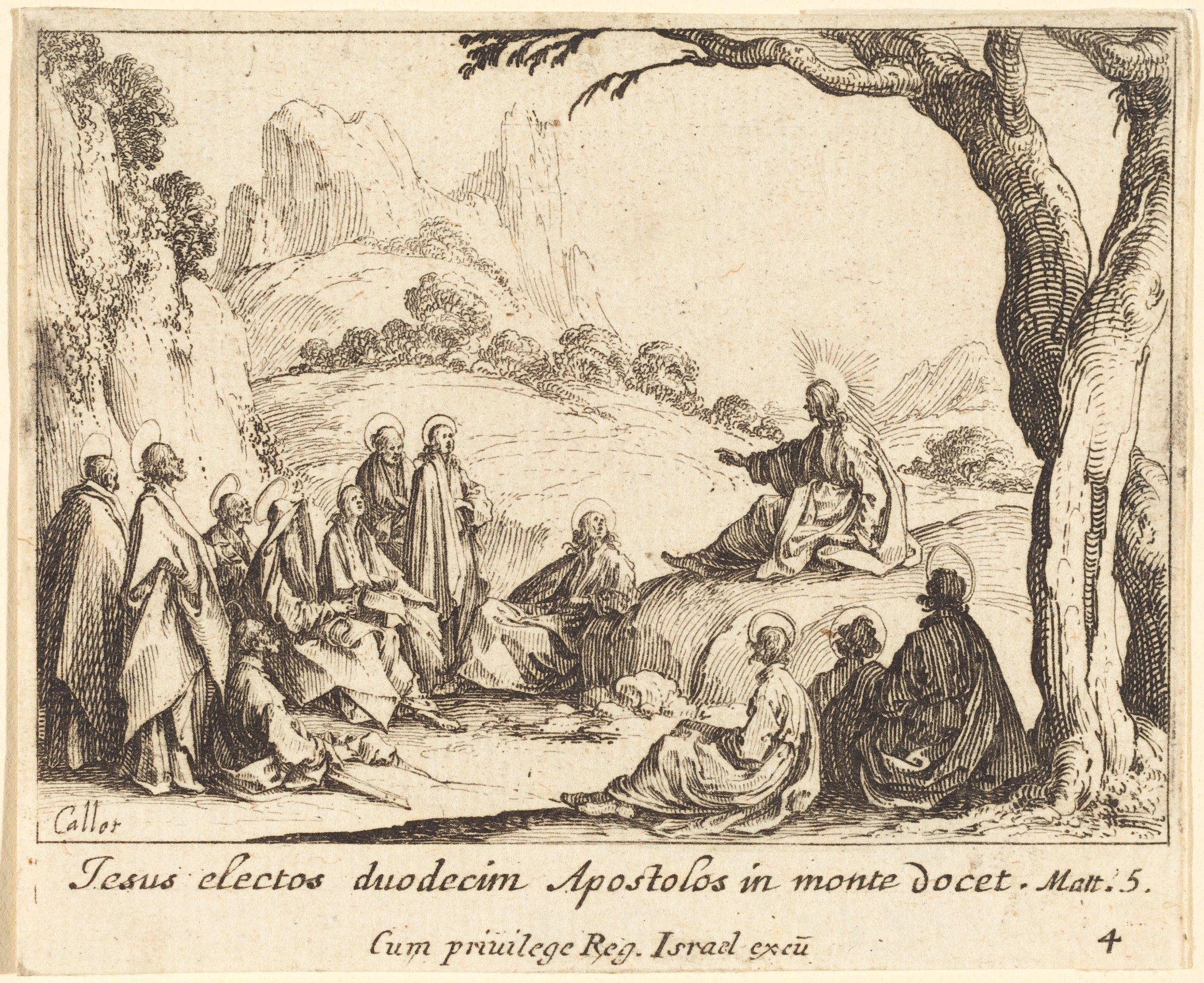Outline and Structure of the Gospel of Matthew
Introduction
The Gospel of Matthew is organized into alternating sections of narrative (what Jesus did) and discourse (what Jesus taught), built around five major teaching blocks. This mirrors the five books of Moses and portrays Jesus as a new and greater lawgiver. The outline below traces Matthew’s flow from the birth of Christ through his resurrection and Great Commission.
This structure helps us read Matthew not simply as a biography, but as a carefully constructed theological work. Here is an outline designed for pericope-based study or personal devotion, section by section.
I. The Identity of the Messiah (Matthew 1:1–4:11)
Narrative: Jesus’ Origins and Preparation
Genealogy (1:1–17): Jesus is introduced as the Son of David and Son of Abraham, tying Him to covenantal promises.
Virgin Birth (1:18–25): Fulfillment of Isaiah 7:14, emphasizing divine origin.
Visit of the Magi & Flight to Egypt (2:1–23): Jesus’ early life parallels Israel’s, with threats, exile, and divine preservation.
Ministry Preparation (3:1–4:11): Includes John the Baptist’s preaching, Jesus’ baptism (revealing the Trinity), and his temptation in the wilderness.
Vittore Carpaccio’s The Flight into Egypt captures the Holy Family’s journey with a serene, detailed landscape. Mary rides calmly with the Christ child, Joseph leads the donkey, and the tranquil backdrop contrasts with their urgent escape, emphasizing divine protection amid danger. Source: The National Gallery of Art
II. The Kingdom Manifesto: Life Under God’s Rule (Matthew 4:12–7:29)
Narrative + Discourse 1: The Sermon on the Mount
Public Ministry Begins (4:12–25): Jesus preaches in Galilee and calls his first disciples.
Sermon on the Mount (5:1–7:29):
Beatitudes (5:3–12) – Marks of a kingdom citizen.
Law Fulfillment (5:17–48) – “You have heard… but I say…”
Prayer and Trust (6:1–34) – Includes the Lord’s Prayer.
Final Warnings (7:13–27) – The wise and foolish builders.
III. The Messiah’s Authority and Mission (Matthew 8:1–11:1)
Narrative + Discourse 2: Mission Instructions
Healing and Authority (8:1–9:34): Jesus heals lepers, calms storms, forgives sins, and raises the dead.
Sending the Twelve (9:35–11:1):
Compassion for the crowds.
Disciples receive instructions for ministry.
Warnings about persecution and the cost of discipleship.
An etching on laid paper dated 1635 by Jacques Callot (“The Sermon on the Mount”) shows people from all walks of life gathered on all sides of Jesus attentively listening to his words. The National Gallery of Art
IV. Rising Opposition and the Secrets of the Kingdom (Matthew 11:2–13:53)
Narrative + Discourse 3: Parables of the Kingdom
Conflict and Unbelief (11:2–12:50): John the Baptist’s doubts, rejection of Jesus’ works, and growing opposition from the Pharisees.
Parables of the Kingdom (13:1–53):
Sower, Wheat and Weeds, Mustard Seed, Hidden Treasure, and others.
These stories reveal the hidden and surprising nature of God’s kingdom.
V. Life Together in the Kingdom (Matthew 13:54–19:2)
Narrative + Discourse 4: Community Guidelines
Miracles and Revelation (13:54–17:27):
Feeding 5,000, walking on water, Peter’s confession, and the Transfiguration.
Discourse on Community (18:1–35):
Teachings on humility, sin, forgiveness, and care for the lost.
The drama and devotion of Palm Sunday is executed brilliantly by Anthony van Dyck’s Entry of Christ into Jerusalem (1617). Source: Ye Old Wikipedia.
VI. Final Warnings and Coming Judgment (Matthew 19:3–26:2)
Narrative + Discourse 5: The Olivet Discourse
Journey to Jerusalem (19:3–23:39):
Teachings on divorce, wealth, servant leadership, the Temple, and judgment.
Series of parables and Jesus’ lament over Jerusalem.
Olivet Discourse (24:1–25:46):
Signs of the end, the return of the Son of Man, and judgment parables:
Ten Virgins, Talents, Sheep and Goats.
VII. The Passion of the Messiah (Matthew 26:3–27:66)
Narrative Climax: Jesus’ Suffering and Death
From Betrayal to Burial:
Plotting, betrayal, the Last Supper, Gethsemane, trials, crucifixion, death, and burial.
Jesus is mocked as “King of the Jews,” but it is through this suffering that he reigns.
VIII. The Resurrection and Commissioning (Matthew 28:1–20)
Narrative Conclusion
Resurrection (28:1–10): Women discover the empty tomb and encounter the risen Christ.
Cover-Up (28:11–15): Guards are bribed to spread false reports.
The Great Commission (28:16–20): Jesus charges his followers to “make disciples of all nations,” assuring them of his presence to the end of the age.
Final Thoughts
The Gospel of Matthew is more than a biography—it’s a theological proclamation. The five discourses echo the Torah, and Matthew shows Jesus as the fulfillment of Israel’s story—faithful where others failed, authoritative where others stumbled.
Triumphant and very, very composed, Christ is risen! Dieric Bouts’ Resurrection of Christ tells many stories at once. Wikimedia Commons.
FAQs
Why is Matthew’s Gospel structured with five teaching sections?
Many scholars believe the five discourses are intentional, echoing the five books of Moses (Genesis–Deuteronomy). This presents Jesus as a new lawgiver and teacher, like Moses.
How does Matthew emphasize Jesus’ authority?
Jesus is portrayed with divine authority over nature, demons, disease, sin, and even death. His teachings are definitive, often beginning with, “You have heard it said… but I say to you…”
Where is the Great Commission in Matthew?
The Great Commission is found in Matthew 28:18–20, where the risen Jesus tells his disciples to go, make disciples, baptize, and teach all he has commanded.



